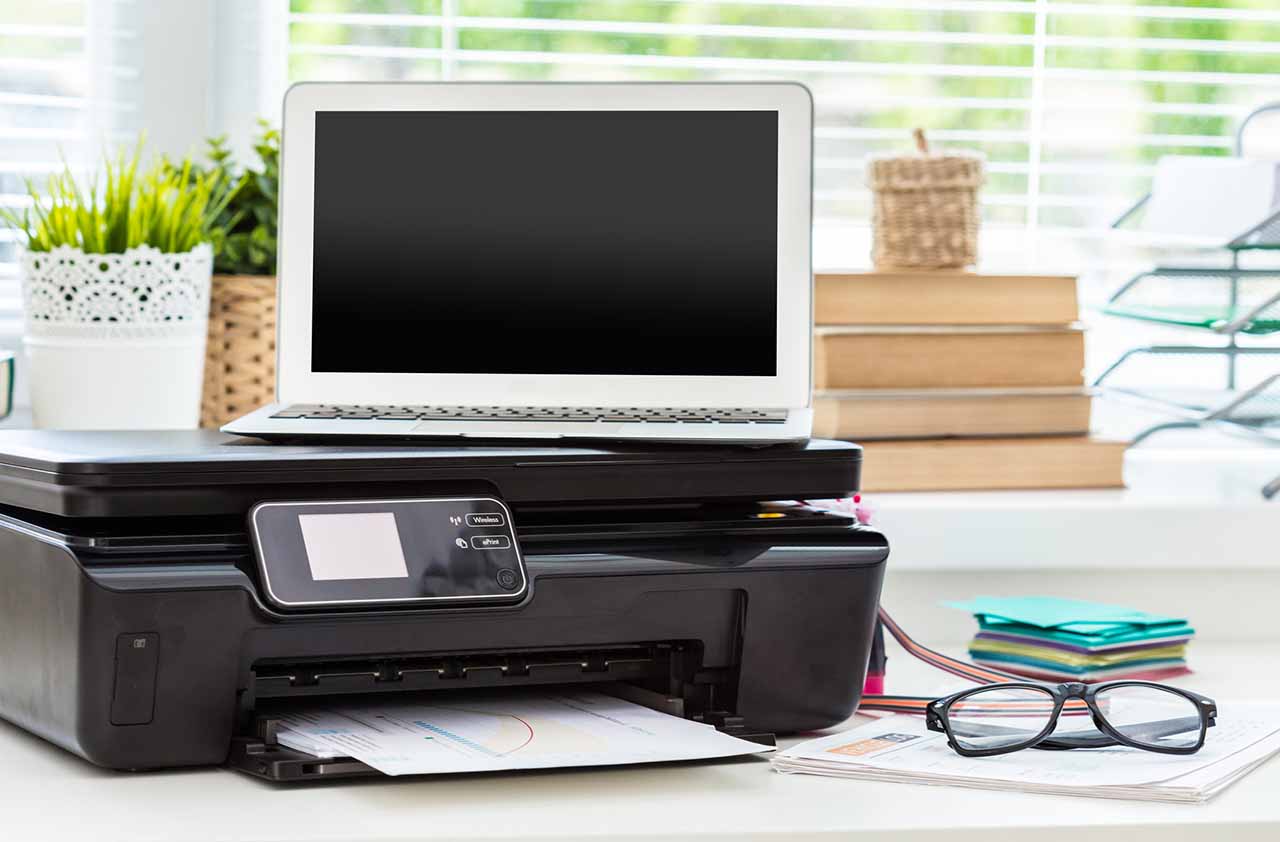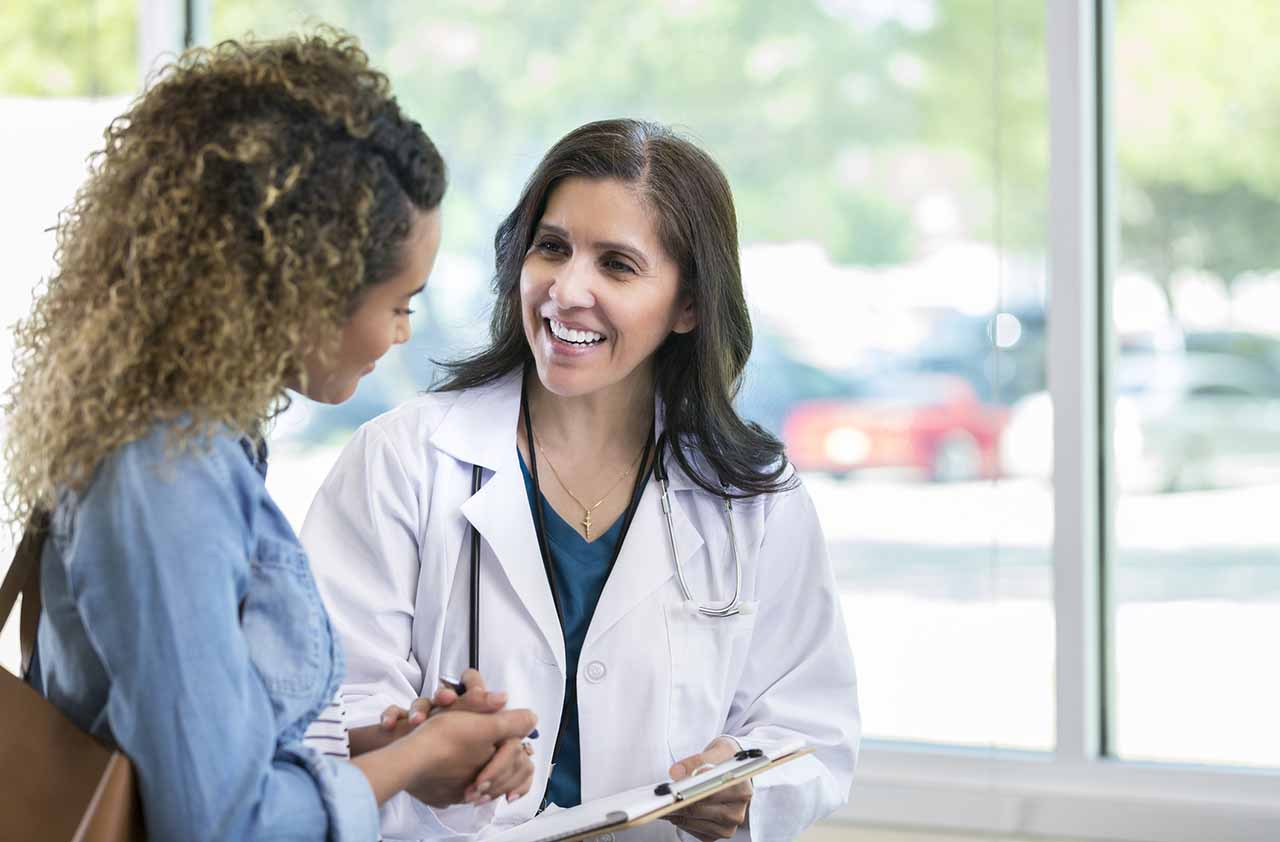11 Things You Don’t Need for College
College sticker shock when you first see the bill for tuition, room and board (and all those nebulous activity fees) is bad enough.


When it came time for her first child to go off to college, New Jersey mom Jill Tang went a little overboard with dorm shopping. “I was excited and overspent,” she concedes. “I would say that my daughter used about 70% of what we actually bought. The rest of the 30% we donated or tried to salvage in our own home.”
It’s easy for anxious families to let their guard down and fall victim to the back-to-college marketing ploys, especially after the disruption that COVID-19 had on learning. Deloitte estimates that in 2021, $26.7 billion will be spent this year on back-to-college purchases, with an average of $1,459 spent per child. But every “dorm essential” checklist has items that will still be unused or unopened at the end of the year. Here’s a college un-checklist: everything students do not need.

New Hardcopy Textbooks
For decades, universities required students to purchase those 10-pound tomes of knowledge––their prices even heftier than their weight. But recently, hardcopy textbooks have given way to digital e-books. According to Educause, a non-profit advocating for information technology in higher education, the number of college students using an e-textbook for coursework rose from 42% in 2012 to 66% in 2016.
Depending on the university, students may either purchase a subscription code for e-textbooks through their school, or purchase e-textbooks off of popular platforms such as Bookshelf, McGraw Hill-Connect, and Google Books. With one subscription or account, students can access the textbook across multiple devices, including their laptop, phone, or even a touch-screen tablet to take notes. Platforms themselves offer a range of functions, from basic highlighting, to annotation, to embedded quizzes.
The shift hasn’t just been to digital; renting a hardcopy book (consider pioneer Chegg.com for this) has become just as popular as owning one, and it’s becoming easier to get by with used text as well. Sites such as SlugBooks.com , CampusBooks.com and BookFinder.com can help you comparison-shop for new and used books, e-books, and rentals. If you are looking specifically for second-hand books, students often sell their old textbooks on eBay, Facebook or other marketplaces.

Fancy Laptop
Laptops have become the central workstation for students. Know which features are necessary, and which aren’t.
Students should strive for portability, long battery life, ample storage space, and powerful CPUs––the portion of a computer that retrieves and executes instructions. Premium features such as 4K displays are nice to have, but they drive up the cost and drive down battery life.
You can find a laptop that hits all the necessary requirements under $1,000. Here are three great examples.
The 2021 HP Envy 13 offers the best of both worlds: efficiency and affordability at $749.99 (retail). The powerful performance from the 11th Gen Core i5 CPU, coupled with the longevity of a 10-hour battery life, will power you through all-day studying (or gaming). At the feather’s weight of 2.9 pounds, HP Envy 13 also boasts a 13.3-inch screen with slim bezels (the framing around the laptop) and a wide and bright 1080p display. Download as many PDFs as you want––256GB allows you ample space.
If the student prefers MacOS over Windows10, then consider the Apple MacBook Air of late 2020, whose M1 chip makes it one of the fastest ultrathin laptops ever. At $849.99, you’ll enjoy a wide 13.3-inch display, an air-like weight at 2.8 pounds, and a 14-15-hour battery life that’s unrivaled by any Windows10 laptop. Several other features can come in clutch, such as the built-in 720p webcam for virtual sessions and the 256 GB of storage space.
If the student values touch-screen capabilities, then consider Microsoft’s Surface Pro 7 at $749.99. Combining the best features of a laptop and a tablet, this ultra-slim 2-in-1 runs all your favorite Windows applications while allowing you to draw and touch the 12.3” display. The built-in kickstand, keyboard add-on (an additional $270), and Surface Pen add-on (an additional $70) can quickly transform the tablet to a laptop that weighs less than two pounds. The 10.5 hours of battery life and 128GB storage space are impressive for a hybrid this size.

Printer
Parents may recall the satisfaction of handing in a nicely formatted and stapled packet of paper, but that’s a bygone. Universities use online submissions platforms, such as DropBox.com or Canvas, to lessen person-to-person contact while also making it easier for the professors to put each assignment through plagiarism and proofreading software.
If a class does require a hard copy of a paper, most libraries or computer labs have printers that charge pennies a page.
Still not convinced to forgo the printer? Consider the cost. Even the cheapest printers are $40. It’s another $70 or so to replace all four ink cartridges, and $4 per pack of paper.

Car
Bringing a car to college is more of a hassle than a convenience––on the student and on the wallet.
In a nine-month academic year, a new small sedan would rack up about $5,000 in expenses, including costs for gas, depreciation, standard maintenance and insurance, according to AAA (yes, a used car would cost less). Parking permits would add even more to the bill, at generally hundreds of dollars a year. Keeping the car parked at home could lower insurance premiums, too.
If you are concerned that your student’s residence is far away from the main campus, most universities have on-campus shuttle services that transport students around the campus and possibly nearby surrounding areas, which typically contain university-affiliated off-campus housing. And of course, there's always bicycles (or now, e-bikes).
If your student still needs to bring a car, consider offsetting the cost by putting it to use with rideshare or delivery work, always popular in college towns. For Uber, drivers must own a four-door vehicle, have a valid U.S. driver’s license, hav. e at least one year of licensed experience in the U.S. (three years if they’re under age 23), and pass the driver screening online. To do DoorDash deliveries, you must have a valid domestic driver’s license, car insurance, and a clean driving record.

The Entire Wardrobe
Kris Hui, a lifestyle Youtuber and San José State University Alumnus, recalls bringing 30 pairs of shoes for her first semester at college. Her side of the closet could only fit three pairs, leaving rain boots and flats sprawled across her room.
Colleges often provide only a dresser and a closet you’ll likely have to share with your roommate. Bulky apparel like jackets and boots can easily fill up most of this prime real estate. Pack light and consider changing out wardrobes during trips home from school. If you thrive on turnover, thrift stores (a college-town staple) can fill gaps. Just remember to sell as much as you buy.

Appliances
Most freshmen eat the majority of their meals in dining halls or other on-campus food spots. So most kitchen appliances are expensive, bulky, and unnecessary for underclassmen. Exceptions include mini-fridges and microwave ovens, which might be available for rental. However, before making a purchase, check if your student’s setup includes community kitchens, which tend to offer a range of full-scale appliances. Also, check the building rules for restrictions on what appliances are even allowed.
The same thing goes for cleaning gadgets. Robotic vacuums, mops, or air purifiers are not the most cost- or space-efficient methods to stay clean and hygienic. Instead, consider arming students with antibacterial spray or wipes and help them do a deep-clean during visits. And while a hand-held vacuum might make the cut, don't rule out the 19th-century technology of dustpan and broom.

Campus Health Insurance
If you have family health coverage, your child likely won’t need campus health insurance because they’ll be covered under that plan until the age of 26. Make sure that your plan covers out-of-network costs or that healthcare providers near the campus are in-network.
If your plan does not cover out-of-network costs or local healthcare providers are not in-network, a campus health-insurance plan may be a more cost-effective option. Compare the price of campus insurance with the cost of keeping the student on your policy and paying extra for any out-of-network care or clinic visits. "Be aware that many schools require kids to show proof of insurance before they start, and some will automatically enroll students in the campus insurance if they don't actively opt out by showing proof of alternative insurance,” says Lisa Zamosky, senior director of consumer affairs for eHealth.inc.
Some college policies have low coverage maximums, which could leave you with thousands of dollars in uninsured expenses. Your child can also buy an individual policy through the local health insurance exchange (search by state at Healthcare.gov).

Furniture and Decoration
We've seen those fancy dorm rooms on Pinterest, too. Chandeliers? Take a reality check. Outfitting your home away from home is expensive, a potential challenge to maintain, and potentially distracting.
An overly decorated dorm room takes effort, space, money, and time that freshmen don’t have. The last thing a student wants during exam season is to be swamped amid unnecessary clutter. Colleges will provide, at minimum, a bed, mattress, desk, and chair for residential students. Everything beyond that is generally on you. Cheap personalization? Try string lights, plastic ivy, and DIY photo murals.

Toiletries for the Rest of the Year
We often counsel buying in bulk to save money, but that almost never breaks right for college students, who generally do not have the storage space for enough bath and shower products for a full school year. Instead, bring a normal set of toiletries and replenish when needed. Many campuses have Amazon Hub, a locker delivery service where products can be shipped and picked up by students.

A Super-Size Meal Plan
Parents’ instinctual fear of under-nourishing their child often means that they’ll pick the biggest meal plan possible, or load up their new student’s meal account with enough money to feed the football team. Unfortunately, meal points or money added to a meal plan usually don’t roll over from year to year – if you don’t use the money, you lose it.
If the school gives first-years an option to choose their meal plan, it’s best to start low and see how much your student needs. Many colleges give you the opportunity to replenish meal-plan funds midyear. You could also supplement your kid’s meal plan with gift cards to local grocery stores or restaurants. You can buy gift cards at GiftCertificates.com.

Private Loans
Though borrowing money for the ever-rising cost of higher education is often unavoidable, try to steer clear of private student loans. They usually carry variable rates (as opposed to the fixed rates of federal loans), have fewer repayment options, and allow students to rack up high balances.
Start with the free money (scholarships and grants). Then max out federal loans (subsidized first, then unsubsidized) before even considering private debt. If you’ve maxed out on federal loans and are considering sizable private loans to fill the gap, there’s a decent chance you’re overborrowing.
Get Kiplinger Today newsletter — free
Profit and prosper with the best of Kiplinger's advice on investing, taxes, retirement, personal finance and much more. Delivered daily. Enter your email in the box and click Sign Me Up.
-
 6 Stunning Waterfront Homes for Sale Around the US
6 Stunning Waterfront Homes for Sale Around the USFrom private peninsulas to lakes, bayous and beyond, Kiplinger's "Listed" series brings you another selection of dream homes for sale on the waterfront.
By Charlotte Gorbold Published
-
 Six Reasons to Disinherit Someone and How to Do It
Six Reasons to Disinherit Someone and How to Do ItWhether you're navigating a second marriage, dealing with an estranged relative or leaving your assets to charity, there are reasons to disinherit someone. Here's how.
By Donna LeValley Published
-
 What to Do With Your Tax Refund: 6 Ways to Bring Growth
What to Do With Your Tax Refund: 6 Ways to Bring GrowthUse your 2024 tax refund to boost short-term or long-term financial goals by putting it in one of these six places.
By Rachael Green Published
-
 What Does Medicare Not Cover? Eight Things You Should Know
What Does Medicare Not Cover? Eight Things You Should KnowHealthy Living on a Budget Medicare Part A and Part B leave gaps in your healthcare coverage. But Medicare Advantage has problems, too.
By Donna LeValley Published
-
 15 Reasons You'll Regret an RV in Retirement
15 Reasons You'll Regret an RV in RetirementMaking Your Money Last Here's why you might regret an RV in retirement. RV-savvy retirees talk about the downsides of spending retirement in a motorhome, travel trailer, fifth wheel or other recreational vehicle.
By Bob Niedt Published
-
 The Six Best Places to Retire in New England
The Six Best Places to Retire in New Englandplaces to live Thinking about a move to New England for retirement? Here are the best places to land for quality of life, affordability and other criteria.
By Stacy Rapacon Last updated
-
 The 10 Cheapest Countries to Visit
The 10 Cheapest Countries to VisitWe find the 10 cheapest countries to visit around the world. Forget inflation woes, and set your sights on your next vacation.
By Quincy Williamson Last updated
-
 15 Ways to Prepare Your Home for Winter
15 Ways to Prepare Your Home for Winterhome There are many ways to prepare your home for winter, which will help keep you safe and warm and save on housing and utility costs.
By Donna LeValley Last updated
-
 Six Steps to Get Lower Car Insurance Rates
Six Steps to Get Lower Car Insurance Ratesinsurance Shopping around for auto insurance may not be your idea of fun, but comparing prices for a new policy every few years — or even more often — can pay off big.
By Donna LeValley Published
-
 How to Increase Credit Scores — Fast
How to Increase Credit Scores — FastHow to increase credit scores quickly, starting with paying down your credit card debt.
By Lisa Gerstner Last updated
